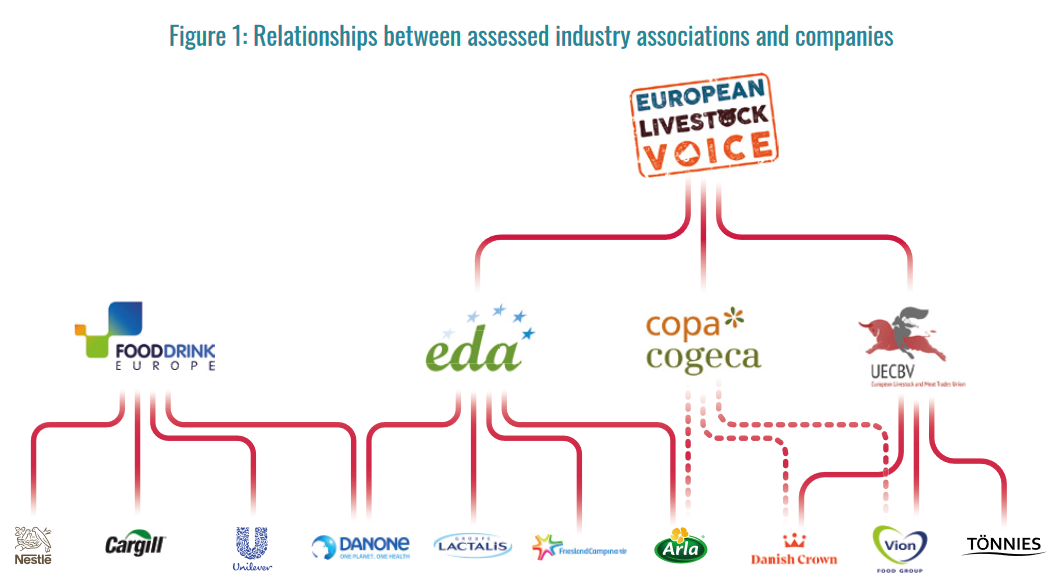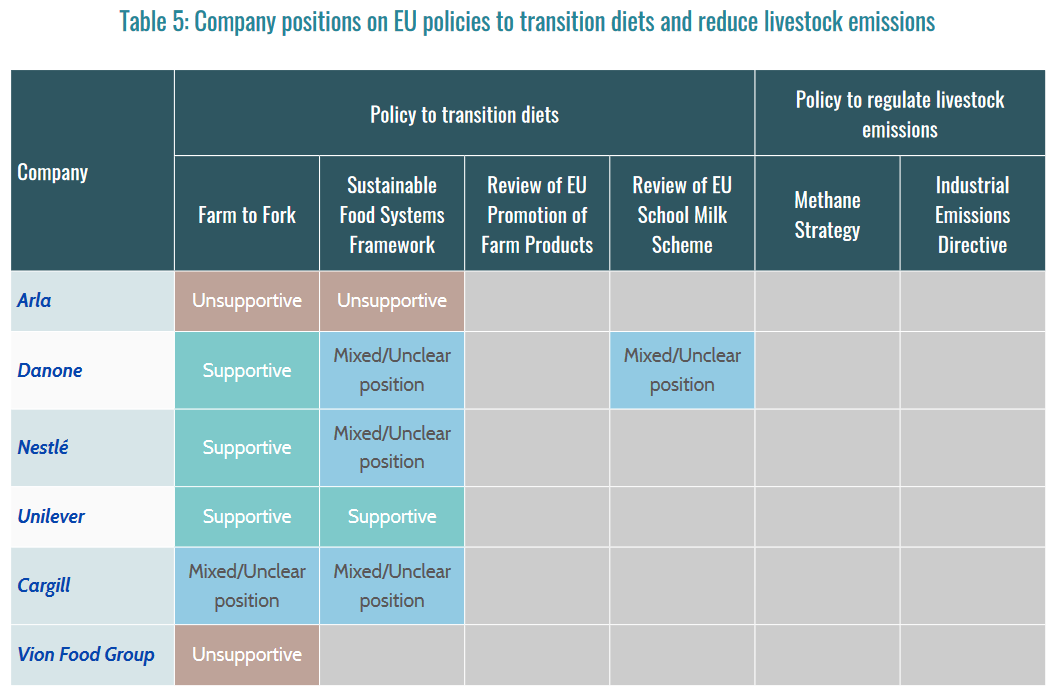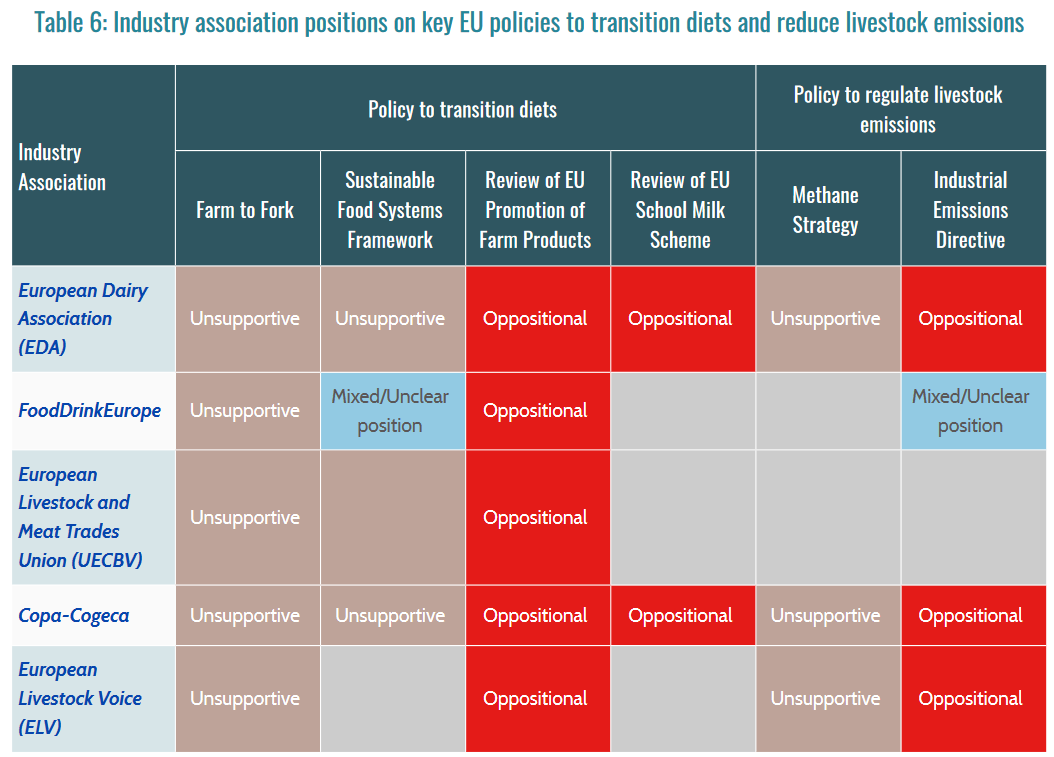

The tragedy of the commons is, literally, privatization.
No gods, no masters.


The tragedy of the commons is, literally, privatization.


Yeah but how is the Kremlin going to control us with their gas & oil if we have nuclear?
France is EU’s first importer of ‘Russian nuclear products’: study – Euractiv
New report shows Russia raking in revenue from state nuclear company | Fox Business
Russia faces threat of sanctions on nuclear power industry as Germany backs uranium ban – POLITICO
Bratislava to reject EU’s latest sanctions package if it includes ban on Russia nuclear fuel
Russia’s Rosatom Helps Putin Skirt Sanctions
Russia’s nuclear project in Hungary: France’s growing role | OSW Centre for Eastern Studies
https://www.greenpeace.de/publikationen/20220517-greenpeace-report-russland-taxonomie.pdf
Squashing
The
s“squash” command is where we see the true utility of rebase. Squash allows you to specify which commits you want to merge into the previous commits. This is what enables a “clean history.” During rebase playback, Git will execute the specified rebase command for each commit. In the case of squash commits, Git will open your configured text editor and prompt to combine the specified commit messages. This entire process can be visualized as follows:

Note that the commits modified with a rebase command have a different ID than either of the original commits. Commits marked with pick will have a new ID if the previous commits have been rewritten.
https://www.atlassian.com/git/tutorials/rewriting-history
You can also amend for a softer approach, which works better if you don’t push to remote after every commit.
The
git commit --amendcommand is a convenient way to modify the most recent commit. It lets you combine staged changes with the previous commit instead of creating an entirely new commit. It can also be used to simply edit the previous commit message without changing its snapshot. But, amending does not just alter the most recent commit, it replaces it entirely, meaning the amended commit will be a new entity with its own ref. To Git, it will look like a brand new commit, which is visualized with an asterisk (*) in the diagram below.
You can keep amending commits and creating more chunky and meaningful ones in an incremental way. Think of it as converting baby steps into an adult step.


This is a very tiny step, like a cow calf rising up and making a step right before they’re abducted to a veal crate/cage far away from their distressed mother.




Subsidize both. Make beans have negative prices!


Putting the FO in CAFO.
Who would use that kind of type coercion? Who? I want to see his face.


Honestly, there are now lots of eye tracking software that can be used to check if someone is looking where they’re supposed to. I’m pretty sure it’s going to be common in the near term as we’re forced to look at ads…
Aside from that, fuck cars.


The nuclear bros are carrying so much heavy water for fossil fuel capital.


China’s investigation appears mainly targeted at Spain, the Netherlands, France and Denmark, the three biggest EU exporters of pork to China.
All of them are subsidized heavily and very entitled to that and to polluting freely.
The EU is the world’s second biggest producer of pork after China and the biggest exporter of pork and pork products. The EU’s main producer countries are Germany, Spain and France and between them they represent half of the EU’s total production. The EU exports about 13% of its total production. Most of the EU’s pork exports go to East Asia, in particular China. https://agriculture.ec.europa.eu/farming/animal-products/pork_en
https://agridata.ec.europa.eu/extensions/DataPortal/pigmeat.html


It looks like the full report is behind a registration (free), so I’m going to paste some of the figures here:




there are a lot of tables


in schools
Converting schools to forced ad watching auditoriums, no Skip button.


You’re right, it shouldn’t be accessible to the privileged either. That’s fair.
The point would be to make wealth/money toxic. The more you hoard, the less likely you are to survive.
Close, but not.
The “overuse” is an aspect of mismanagement of the commons, it’s not simply about overuse, it’s about the management. The understanding that “someone just used up all that nice stuff” is poor, even in accordance with the author of this theory.
The tragedy is that the its so mismanaged that it allows an asshole to ruin it for everyone. That’s not some default, that’s what happens when you have poor management. Plenty of commons have good management and it’s a known field and theory. If you want to go by this view, you can read Ostrom who actually researched the issue of management:
https://aeon.co/essays/the-tragedy-of-the-commons-is-a-false-and-dangerous-myth
https://tn.boell.org/en/2023/04/19/5-elinor-ostrom-et-les-huit-principes-de-gestion-des-communs (look for YouTube lectures too).
In practice, however, what you describe as the asshole greedily and selfishly taking from the commons is literally the act of privatization. Which is why the usual capitalist “solution” to this problem - official privatization - is a failure.
Here’s also a humorous podcast explaining what’s wrong with it: https://player.fm/series/srsly-wrong/ep-235-the-imaginary-tragedy-of-the-hypothetical-commons in case you like to listen.